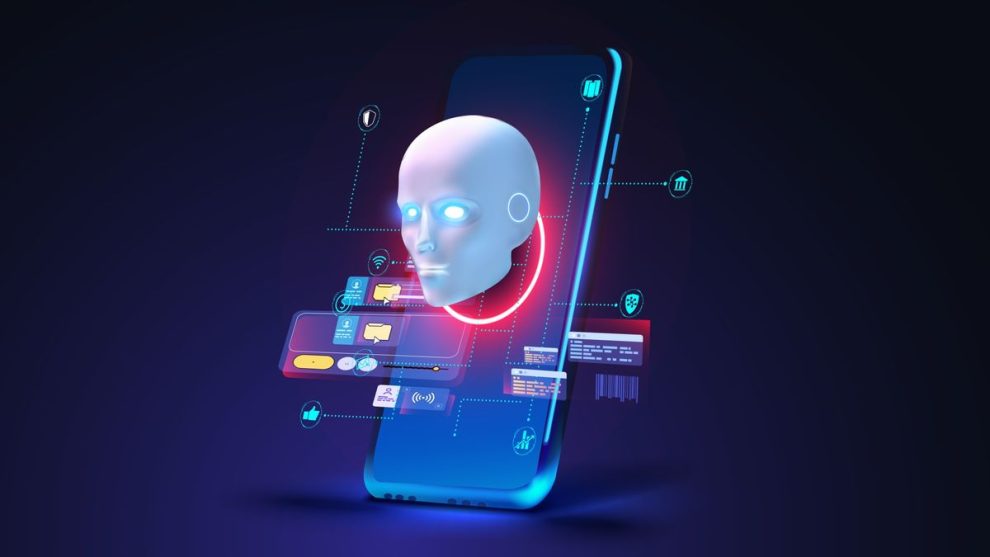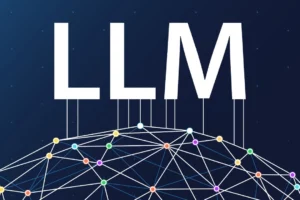From the stilted interactions of ELIZA to the engaging conversations with LaMDA, chatbots have come a long way. Once relegated to customer service scripts and basic information retrieval, they are now evolving into sophisticated tools capable of understanding emotions, injecting humor, and even developing distinct personalities. This evolution begs the question: are we witnessing the rise of empathetic, humorous, and personable AI companions?
Early Chatbots: Functional but Emotionally Frigid
The first chatbots, like ELIZA in the 1960s, relied on pattern matching and keyword recognition to simulate conversation. While groundbreaking at the time, they lacked emotional understanding and often resulted in frustratingly robotic exchanges. Early iterations of customer service bots suffered similar limitations, offering scripted responses that failed to address unique user issues or acknowledge frustration.
The Rise of Emotion Recognition and Sentiment Analysis
With advancements in natural language processing (NLP) and machine learning, chatbots began to grasp the emotional undercurrent of conversations. Sentiment analysis allowed them to identify positive, negative, or neutral tones, while emotion recognition models enabled them to detect emotions like anger, sadness, or joy. This newfound ability to “read” emotions led to more nuanced and empathetic interactions. Chatbots could now adjust their responses based on the user’s emotional state, offering words of comfort during periods of distress or expressing enthusiasm alongside excitement.
The Power of Humor in Human-AI Interaction
Humor has long been a cornerstone of human connection, and its potential in AI interactions is increasingly recognized. Chatbots equipped with humor understanding and generation can not only recognize jokes but also craft their own, adding a layer of levity and relatability to conversations. This playful interaction can build rapport, reduce user stress, and improve overall satisfaction with the bot experience.
Developing AI Personalities: Beyond Scripting
While early chatbots followed rigid scripts, newer models are learning to develop their own “personalities.” Through machine learning algorithms trained on vast datasets of text and interactions, these bots can exhibit unique characteristics, preferences, and even idiosyncrasies. This personalization fosters a sense of connection and engagement, making the interactions feel less robotic and more human-like.
Ethical Considerations and the Future of AI Companionship
The evolution of AI chatbots raises ethical concerns. Can bots effectively mimic human emotions without becoming disingenuous? How do we ensure these personalities don’t perpetuate harmful stereotypes or biases? It’s crucial to address these concerns and develop ethical frameworks for responsible AI development.
Despite the challenges, the potential of AI companions is undeniable. They can offer emotional support, companionship, and even intellectual stimulation. Imagine chatbots that can listen without judgment, offer witty banter, and tailor their personalities to individual preferences. While a fully sentient and empathetic AI might still be science fiction, the progress made in recent years suggests that the future of human-AI interaction is ripe with exciting possibilities.
The evolution of chatbots from rigidly scripted tools to sophisticated AI companions has been remarkable. As natural language processing, emotion recognition, humor generation and AI personality development improves, it’s clear these bots are becoming capable of far more empathetic, enjoyable and “human” conversations. However, responsible and ethical development is crucial as this technology advances towards a greater role in our emotional and social lives.
Have you interacted with an AI chatbot that seemed particularly clever, funny or “real”? Share your experiences in the comments below!
*****
The History and Evolution of Chatbots
While AI chatbots may seem like cutting edge technology, they actually have a surprisingly long history. The first chatbot is credited to MIT professor Joseph Weizenbaum, who created a program called ELIZA in 1966. ELIZA simulated conversation by using pattern matching tricks to engage in dialogues.
However, ELIZA had no ability to actually understand conversation – it simply scanned keywords and responded with pre-written scripts. Nevertheless, some early users were quite captivated by the illusion of human conversation that ELIZA provided.
Other early chatbots like PARRY focused on mimicking human verbal behaviors related to emotional distress. PARRY was able to engage in textual conversations that simulated symptoms of paranoia or schizophrenia. This allowed psychiatrists to better understand disorders through conversations with PARRY.
These early efforts showed the possibility of chatbots, but they were very rigid and relied completely on scripts. The real revolution came decades later with the application of machine learning to language processing.
Machine Learning and the AI Chatbot Breakthrough
In the 2000s and 2010s, the application of statistical machine learning to massive datasets finally gave chatbots more natural conversations capabilities. Using neural networks trained on vast numbers of real human conversations, chatbots could now parse requests, understand contexts and respond appropriately without simply matching keywords.
These learning-based chatbots depend less on hand-crafted scripts and responses. They have enough understanding of language and context to respond sensibly to unique questions and hold true conversations within their training domain.
The results can be remarkably natural conversations, especially when focused on narrow tasks like customer service. Voice-based assistants like Siri, Alexa and Google Home showcase these improved conversational abilities in our homes every day.
The Next Frontiers: Emotional Intelligence and True Personality
Current commercial chatbots still lack deeper layers of emotional and contextual understanding. But technologies like sentiment analysis, emotion detection and generative language models are pushing further into this complex frontier.
There is also extensive research into developing chatbots with unique personalities beyond their core knowledge domains. From quirky senses of humor to philosophical ideologies, researchers are exploring how to make chatbots more individually unique.
Together, these trends point to more natural, emotional and human-like AI companions in the future. Chatbots are advancing from robotic question-answering tools to simulated personalities we can relate to and bond with.
*****
Customer Service Chatbots: Evolving with Emotional Intelligence
One major use case where chatbot evolution is cultivating more meaningful conversations is customer service. The first customer service chatbots were notoriously unintelligent – they understood almost nothing customers asked while responding with repetitive and frustrating scripted messages.
However, the integration of deep learning and emotional intelligence is changing this dynamic. Modern customer service chatbots can now:
- Infer context and intent from customer questions and stories
- Detect emotional states like frustration, anger, sadness or urgency
- Adjust their responses appropriately to acknowledge and empathize
- Have far more natural, stable conversations
With these emotional intelligence capabilities, chatbots are better able to calm upset customers, offer appropriate apologies, or share joy and delight during positive interactions.
This emotional enhancement has been pivotal in improving user satisfaction with chatbot experiences. One study by IESE Business School found adding emotional intelligence to chatbots increased user ratings of the interaction by 13 percent.
As developers continue augmenting chatbots like Clara and Amelia with empathetic capabilities, they inch closer to fulfilling the dream of truly natural AI assistants.
*****
Can AI Chatbots Have a Sense of Humor?
Humor is a cornerstone of human relating. When done right, it can enhance rapport, diffuse tense situations and make conversations more engaging and enjoyable for all parties.
Teaching AI systems humor recognition and generation has been an active research area for decades. Early efforts focused on humor comprehension – analyzing huge volumes of comedy content to recognize and model funny memes, jokes, sarcasm and other elements.
More advanced humor engines move into actual humor production. By studying punch lines, comedic timing, irony and the social context of humor, AIs are learning to add appropriate jokes, quips or amusing interludes during chats.
Research by Northwestern University found people felt more trust and affinity for a chatbot that produced humor tailored to the conversation context and their preferences compared to a serious bot.
As AI humor capabilities advance, look for witty chatbot banter that makes interactions more unpredictable, enjoyable and “human feeling” in the years ahead.
*****
Developing AI Chatbot Personalities
Most chatbots today lack rich individual personalities beyond their core knowledge domains. But new techniques in generative machine learning are demonstrating how to give bots unique, distinctive traits.
From passions and emotional patterns to political ideologies and moral values, chatbots can exhibit defined characteristics that shape responses far beyond canned scripts.
Researchers at Stanford recently developed bots with definable personality traits like introversion/extroversion, friendliness, trustworthiness and analytical/emotional thinking styles. Test conversations revealed these “botsonalities” drove significantly different dialogues.
Distinct chatbot personalities create richer experiences through more varied, unpredictable and self-consistent responses. There is also the potential for better personalization as bots align to a user’s communication preferences and values.
As chatbots move beyond narrow AI towards general intelligence, cultivating unique personas could be pivotal in making interactions more relatable, enjoyable – and human.
















Add Comment